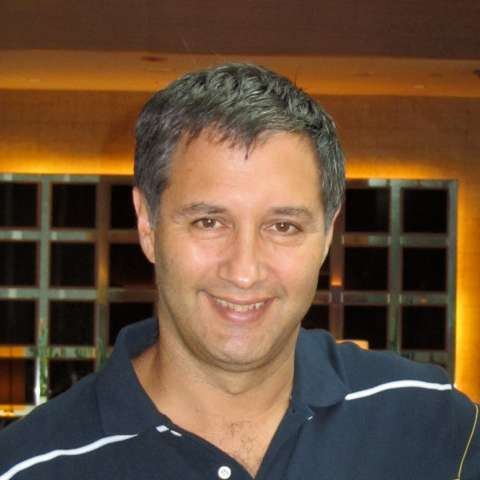Milan is closer to the Austrian border than it is to Rome and for most of the 19th century, Vienna, not Rome, was its governing city. But at last night’s Prom 54, by the Filarmonica della Scala and their Music Director Riccardo Chailly, there was no question where their hearts lie: whole-hearted, no-holds-barred accounts of two of Respighi’s sets of “Roman postcards” contrasted with a first half Brahms Violin Concerto which was filled with beauty but failed to ignite.
Leonidas Kavakos has superb timbre and control of phrasing. When he plays a long held note, it’s exquisitely shaped, the pressure ebbing and flowing in a smooth contour. When it’s a fast run, the contour is just as perfectly formed, with a slight acceleration or deceleration precisely matched to the direction of the music. The timbre is silky smooth, with never a rough edge in 40 minutes of music. And yet, in the cavernous Royal Albert Hall, Kavakos's violin sounded like a soft voice, far away. A voice of rare beauty, perhaps, but one that was too distant to fully engage. The end of the first movement provided a case in point: the cadenza and the slow interlude which follows it were of ravishing beauty, while the closing ff, which ought to round things off with a flourish, did not convince. Amplified and with the volume turned up, Kavakos’s playing of the fast passages in the rondo might have thrilled: when one was straining to hear the detail, that didn’t happen.
Not dissimilar comments could be made of the string section of the Filarmonica della Scala, whose playing was impeccably precise, nuanced, attractive in sound quality. But when the time came to surge joyfully forward, they lacked the sheer heft to make an impression – most notably in the Hungarian-dance styled rondo. The Filarmonica’s most impressive section, by far, were the woodwind, each one of whose players showed the ability to turn a phrase so eloquent as to melt your heart; the start of the second movement gave us a refined blend of horns and oboe.
Beginning Ottorino Respighi’s day long tour of the Fountains of Rome, dawn at the Valle Giulia broke almost inaudibly, but gradually swelled to reveal the Filarmonica’s wonderful woodwind at their very best, better still when combined with the horns. Chailly masterminded the whole performance with pinpoint accuracy, which continued when the music swelled through tricky glissandi. We continued through the playfulness of the naiads at the Triton Fountain at mid-morning with an impressively bombastic march at the Trevi in the afternoon. But the best of the fountain scenes was the sunset, music of complete serenity framed by delicately plucked harps, lit up by perfectly weighted flute quotes and exquisitely punctuated by the tolling bell.
Respighi’s Pines of Rome provided even more opportunity for the orchestra to throw themselves into the character of the landscape: the music is several notches more vivid and filmic. Respighi uses quite a large orchestra, but eschews big tutti, so many of the orchestral textures are relatively sparse. However, there are plenty of moments where more than one theme is happening concurrently, or one theme grows out of another, demanding considerable precision to keep the listener’s ear focused: Chailly kept his troops well marshalled throughout. The Filarmonica launched into the playing children at the Villa Borghese with verve, provided horror movie creepiness at the Catacombs, with a gorgeous offstage trumpet reminiscent of the post horn in Mahler’s third symphony. The shimmer of celesta, harps and high strings at the Janiculum transported us into the loveliness of the warm night, and the tramp of soldiers along the Appian Way – a rhythm that is insistent in the same way as Ravel’s Boléro, but more sophisticated and less repetitive – ended the evening with exactly the flourish that had failed to materialise in the first half.


